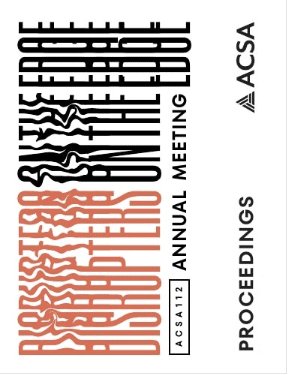Author(s): Samuel Dubois
The Hudson Bay Company (HBC) is a prominent enterprise that engaged in fur-trading commerce with various Indigenous nations across North America for most of its history. Though founded in 1670, it was only at in the late nineteenth century that HBC ventured into the Canadian Arctic, north of the 70th parallel. Starting in the 1910s, HBC workers erected several fur-trading posts on Arctic land, often with the help of Inuit individuals. In contrast to whalers mostly confined to their ships, fur traders built land-based architecture that enabled them to live in the Arctic year-round. They then became a new, distinct group of so-called northerners. Through their Western-based structures, fur traders incidentally exposed Inuit communities to diverse materials, building techniques, and cultural norms alien to local traditions—functionally, aesthetically and cosmologically. The fur trade thus ushered in significant transformations in the region’s material, spatial and ontological realities, notably in the built environment. By framing the architecture of HBC fur-trading posts as a cultural disrupter, this paper posits that the physical development of the fur trade in the Canadian Arctic played a pivotal role in instigating a wide-ranging process of process of transculturation in Inuit building practices. In this context, transculturation refers to a process whereby a tangible or intangible element from Western culture blends into the built environment historically associated with Inuit culture, and vice versa. Relying primarily on photographic records, the paper contends that this cultural crossing occurred not only to facilitate functional aspects of northerners’ daily life but also to align with the capitalist imperatives and shifting cultural norms associated with the fur trade industry. Furthermore, the paper suggests that transculturation, manifested in various ways, scales and seasons, contributed significantly to the cultural alienation of Inuit peoples, whose identity is intricately tied to their profound connection and reverence for the Arctic lands.
https://doi.org/10.35483/ACSA.AM.112.46
Volume Editors
Germane Barnes & Blair Satterfield
ISBN
978-1-944214-45-6

 Study Architecture
Study Architecture  ProPEL
ProPEL 
